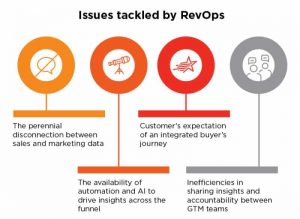
If you’re a baseball fan – or even just a Brad Pitt fan – you’ve probably heard of Moneyball and how Billy Beane transformed major league baseball with advanced statistics.
Historically, baseball talent was determined by old school baseball insiders — managers, coaches, and scouts who just knew a good baseball player when they saw him. They look like baseball players and boast impressive numbers in flashy categories like home runs and runs batted in (RBIs).
Oakland Athletic’s general manager, Billy Beane, challenged the system using advanced statistical analytics, called sabermetrics. The whole idea behind the Moneyball strategy and the use of sabermetrics was that with more sophisticated analysis, one could identify baseball players who more effectively and more efficiently impact the team’s bottom line (wins) with less money. While other teams paid big money for players who had big vanity statistics, Billy Beane’s Athletics found the undervalued talent.
Today’s world of social media is not unlike the pre-Moneyball days of baseball.
For many brands, social media success is still talked about in terms of likes and follower counts. These vanity metrics are just like home runs. Sure, they are great to have, but they’re not necessarily what matters when it comes to impacting the business’ bottom line.
Marketing departments around the world need to be transformed, the same way Billy Beane and the introduction of sabermetrics transformed baseball. We believe that there are better, more effective ways to measure and analyze your social marketing, and that there are the tools to do so.
First and foremost, we have to understand what impacts the business’ bottom line. What contributes to business “wins”. For businesses in today’s digital world, it’s the conversions that happen online. It’s the newsletter subscriptions, it’s the store locators, it’s the add-to-carts, and finally, it’s purchases. Using the baseball metaphor, these are your runs that lead to wins.
Beane, notably, identified on-base percentage plus slugging (OBS) as the key factor to consistently scoring runs. It’s essentially an efficiency statistic. He would rather have a guy that hits singles at a high rate, than a guy who hits home runs on occasion, but otherwise gets out. In social media, this is identifying and valuing content that when shared on Facebook or Pinterest leads to conversions at a high rate, rather than shooting the moon for a viral hit.
For social marketers, it’s all about conversions-per-share. Your content strategies should be optimized to create the highest conversions-per-post; your social targeting strategies should target people who will have high conversions-per-ad; your social channel distribution strategy should emphasize the social networks that have the highest conversions-per-share.
It’s easy to measure likes and follows, and these vanity metrics often stroke the ego. But just because they are easy and because social networks like to emphasize them, doesn’t mean they’re the best measure of success for your business.
Billy Beane was and continues to be hugely successful. In fact, every major league baseball team has now adopted sophisticated sabermetrics in their talent and performance evaluation analysis.
Conversion analysis is the next generation of social marketing analytics and optimization. We have the data to identify these opportunities and unleash social media’s full potential. Measure and optimize your social marketing for what really matters to your business. It may not be flashy like a once-in-a-blue-moon viral hit, but it will impact the business and prove just how important social media is to your organization.
Digital & Social Articles on Business 2 Community
http://feedproxy.google.com/~r/B2C_Social/~3/mJWFGD-UnZI/sabermetrics-social-media-marketing-01130752
(250)
Report Post






